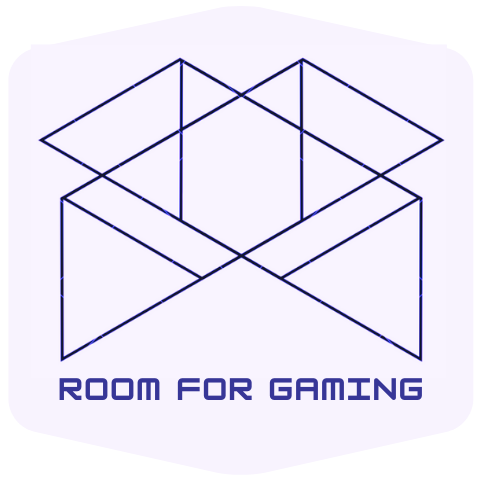The arcade games were born in coin operated machines.
The strong point of the arcade games was that they
were based on a commodity technology.
Coin operated arcade games used custom made hardware
powered by multiple CPU’s, specialized sound and
graphic boards.
The design simplicity of these games enabled the
programmers to spend more time into enhancing the
basics of game play. This resulted in the conception
of some of the best games ever designed.
The arcade games of the earlier years had a clever way
of disguising their graphical limitation. A fine
example is Atari’s Night Driver, the first racing game
to deliver a ‘first’ person perspective, and also
showing the road as seen from the cockpit.
The night theme was an ingenious choice as it negated
the need to create perceptible complicated images. The
Night Driver’s concept of ‘scaling’ flat images called
‘sprites’ to stimulate a 3d movement was a cult design
basis for most 3d games.
Once these games were ported to PC, they were designed
with Flash, Java and DHTML. The online arcade games
that are programmed on Flash are built around the
vector graphics file format.
The design simplicity never dwarfed the game play.
This was, perhaps, the most probable reason for the
immense resilience in these games.
Even as the arcade games incorporated newer gadgets,
light guns and dance mats to draw in the crowd, the
people got stuck in the good old button mashing
delight.
